
DISCRETION, TRANSGRESSION, AND MODERNITY
From the 1850s until World War I, the place of yellow in everyday life not only failed to grow—its place was already quite minimal in the century’s early decades—but it even experienced a certain decline. There were various reasons for this, the principal ones probably rooted in the social moral codes that accompanied the second industrial revolution. As much in Europe as in the United States, most of the revolution’s financiers and great industrialists were Protestant. Thus it was Protestant values that spread with the ever-expanding production of objects of mass consumption. In the domain of color, that translated into a rejection of bright shades, with priority given to white, black, gray, and brown. Yellow, like red, was one of the first victims of these Protestant morals that appeared in the sixteenth century and were still very present in the nineteenth century. Although rapid and significant progress had been made in the chemistry of colorants, making new, bright, and varied colors possible without increased cost for many products, dull, neutral shades remained dominant. Similarly, in furnishings and decoration in the urban apartments and country homes of the wealthy, only small touches of yellow were present, and more or less burnished bronzes henceforth replaced the gold and gilding of earlier times. With regard to clothing, yellow was rejected, scarcely worn by women (and then only by brunettes) and absent from the masculine wardrobe. A man would never wear yellow unless he wanted to draw attention to himself or deliberately transgress social codes. Such a rejection helped to promote beige, a relatively new shade that would gain considerable popularity in the dress of both sexes beginning in the 1920s and 1930s.
Another reason for this decline of yellow in daily life stemmed from its continued disrepute in value systems and aesthetic trends. As in the late Middle Ages and throughout the modern period, yellow remained an unpopular color in the nineteenth century. Opinion polls on favorite colors and their symbolism offer proof. These polls emerged in Germany in the 1880s; they all demonstrated how yellow was unpopular and associated with negative ideas. It came in last among the six basic colors—less than 3 percent of individuals asked cited it as their favorite color (whereas almost 50 percent of respondents cited blue, and 18 to 20 percent cited green)—and continued, as ever, to be considered the color of lying, jealousy, and deception. Thus in the theater, yellow appeared on stage in the costumes of cuckolded husbands and unfaithful wives; in politics it was completely spurned for being too closely associated with ideas of treachery and disloyalty. In the world of unions, the “syndicats jaunes” that appeared in France in 1899–1900 during the huge strikes affecting the Creusot mines claimed to defend the workers even though they were conning them for the owners (at least that was the accusation of their adversaries, the “syndicats rouges“). They opposed the strike, presenting themselves as the right-wing proletariat, even as a revolutionary “anti-red” movement, that is, opposed to socialism and later to communism.
Thus yellow appears as the color of deception in all its aspects: the deceivers on one side, the deceived on the other! But that is not its only negative connotation, far from it.
Yellow gets bad press everywhere, as language events and the lexicon demonstrate. In French and in Italian, a “yellow” (jaune, giallo) is a traitor; in English slang, a “yellow dog” refers to a cowardly person, a “chicken,” and since the 1900s, “yellow journalism” describes newspapers disseminating gossip and scandal (“scandal sheets”). Similar ideas are found in other languages: in German, gelber Laune sein means “to be sour-tempered,” and in Dutch, gele verhalen vertellen means “to tell lies.” As for the French verb jaunir, as in neighboring languages (vergilben, ingiallire, to yellow), it is derogatory. Of course, literally it means “to become yellow,” “to turn yellow,” but its figurative meanings are more frequently used and remain deprecatory, as in the seventeenth and eighteenth centuries: “to become soiled,” “to wither,” “to wear out,” “to age,” “to mold,” “to rot,” and so on. Whether ancient or contemporary, language is not kind to this color, often beautiful at first, but so quick to soil or fade.
A certain number of social practices attest to similar discredit, for example, the “yellow ticket,” or yellow identity card required for prostitutes in the Russian and the Austro-Hungarian Empires. Or the yellow passports that were granted in France to convicts who had served their sentences and were released: in Les Misérables, Victor Hugo explains repeatedly why Jean Valjean, a former convict (he had spent nineteen long years in Toulon prison) carries a passeport jaune, a document that discredits him in the eyes of his employers, the government, and even society at large.
In a general fashion, and almost throughout Europe, yellow is a color more or less closely associated with all those who find themselves on the margins of the social order. That was the case with the mentally ill, sometimes dressed in yellow camisoles or tunics, like the fools and clowns of medieval iconography. Sometimes lunatic asylums were similarly painted yellow or called “yellow houses” in some central European countries, especially Hungary and Russia (zeltyi dom), as recently as the 1920s. That was the case again with prostitutes, who were certainly not still required in the nineteenth century to wear an item of brightly colored clothing to distinguish them from honest women, but who themselves, in big cities, willingly donned yellow clothing, hats, ribbons, or gold-colored accessories in order to be spotted by possible clients in the dim light of street lamps. This was not the legendary golden belt of the trollops of the late Middle Ages—a belt that probably never existed—but it was quite often a yellow shawl, imitating those worn in the winter by upper-middle-class women. In a short story in his collection Les Diaboliques, published in 1874, Jules Barbey d’Aurevilly presents a woman on a street in a disreputable part of Paris who draws attention not only by the “swagger in her walk” but also and especially by her very garish attire: “a dress of saffron satin with golden tones” and a “magnificent Turkish shawl” with red and yellow stripes. The reader learns a few pages further on that the woman is a duchess who is trying to pass herself off as streetwalker to ruin the name of the man she married and has begun to detest.
In fact, in many towns, municipal authorities were long divided on the approach to take regarding prostitutes. Should they impose distinguishing marks on them so as to make them easily recognizable or, on the contrary, require that they be very discreet, even confined to brothels with the doors and shutters closed, simply marked with a sober red lantern? In 1827, a Montpellier doctor addressed a long report to the mayor and prefect in which, to curb the disorders of prostitution and limit the cases of syphilis, he suggested that all streetwalkers wear a very visible sign, especially at night. He recommended the choice of a “canary yellow hat, trimmed with a ribbon and veil of the same color,” and an “equally yellow belt, with a more or less embellished badge displaying the number under which the girl is registered.” But such advice was increasingly uncommon as the decades passed. Very much to the contrary, after 1850, legislators often required prostitutes to adopt decent attire, with shoulders and head covered, and not to attract attention with colors that were too garish, notably yellow.
Yellow is indeed a color that is seen, a color that stands out. That is why it is frequently reserved for clothing or objects that must attract the eye, surprise the viewer, enliven the view. Some examples are theater costumes, disguises, the outfits of jesters or clowns, and later, athletic uniforms. Similarly, yellow is omnipresent on specific objects for parlor games or children’s toys; it is visible, stands out from ordinary implements, adds a pleasant, playful, sometimes comic, and always cheerful dimension.
Nonetheless, it was not children or performers who contributed to the tentative rehabilitation of yellow in the late nineteenth and early twentieth centuries; that credit goes to painters, even if they were not all champions of the color. For example, in about 1850, Eugène Delacroix wrote, “Everyone knows that yellow and orange are beautiful colors, signs of joy and pleasure.” A generation later, Vincent van Gogh made a similar proclamation, having arrived in southern France and immediately writing to his brother Théo: “The sun dazzles me and goes to my head, a sun, a light that I can only call yellow, sulfur yellow, lemon yellow, golden yellow. How lovely yellow is!” On the eve of World War I, Wassily Kandinsky was of another opinion: “Bright yellow wounds the eyes, the eye cannot bear it: one thinks of the ear-splitting sound of a trumpet. It irritates, stings, excites. … Yellow torments man, it imposes itself on him like a constraint, intruding with a kind of unbearable brutality.” Kandinsky did not like yellow, as likewise he did not like green, which he compared to “a fat, healthy cow, resting, rooted, capable only of ruminating and contemplating the world through its stupid, inexpressive eyes.” Such assertions—as unfair to colors as to cows—are specific to Kandinsky. Most painters from the beginning of modernity, from the impressionists to the fauvists, liked yellow, a warm and luminous color, and made much greater use of it than all their predecessors.
Actually the change began quite early; in the mid-nineteenth century, with the invention and then distribution of pliable metal tubes with screw-on caps, transporting and conserving paints became easier, thus promoting plein air painting. Henceforth, few painters continued to make their own pigments; most of them used industrial products, ready to apply, but not always reliable. In the range of yellows, two synthetic pigments were very much the rage then: first, chrome yellow, relatively inexpensive but very unstable, and then cadmium yellow, more reliable but more expensive. A painter with little money, like Van Gogh, a great lover of yellows as we have just seen, was often betrayed by his chrome yellows, which turned brown or beige (as in his sunflower series) or even greenish. But cadmium yellow, which cost four or five times as much, was not an option for him.
In a general way, plein air painting brought with it a lightening of all tones and a new relationship to light, much to the profit of yellow. But there was another reason for the more plentiful use of yellow in paintings: its status as a primary color and the acceptance by painters of recent scientific theories, notably those of Michel-Eugène Chevreul regarding the perception of colors, the law of simultaneous contrast, and the principle of optical mixing. This last theory explained that it was not necessary to mix two colors materially to make a third; juxtaposing them on the canvas was sufficient because the eye would mix them. Such a discovery appealed to a great number of artists: impressionists, postimpressionists, divisionists, pointillists. Hence-forth, to make green, some painters merely applied a touch of blue and a touch of yellow side by side; the eye drew them together and blended them to the point of producing the illusion of green. But a few painters who exploited this far too modern process were betrayed, like Van Gogh, by their yellows. That was the case with Pissarro and Sisley. That was the case especially with Seurat and his well-known, enormous painting A Sunday Afternoon on the Island of La Grande Jatte (1884–85). To create greens, in many places he juxtaposed small points of Prussian blue and chrome yellow, two particularly unstable pigments that turned gray and brown. Despite numerous restorations, more or less successful, the painting still bears the marks of such a practice. Like so many others, Seurat was the victim of science, or rather of science misunderstood and poorly applied. In fact no painters actually read Chevreul’s book De la loi contraste simultané des couleurs (1839), a dense, fat, and overscholarly work. They all settled for abridged or summarized versions of it, notably the very succinct one that Charles Blanc offered in his Grammaire des arts du dessin (1867), a work that became an enormous best seller.
However, the greatest champions of yellow tones were not the impressionists or their successors, but the young fauvists of the years 1905–10: Derain, Matisse, Marquet, Van Dongen, Manguin, Vlaminck, and a few others. Influenced by Gauguin and Van Gogh and struck with a veritable “colorist fever,” they set out to exalt pure color and free it from all the constraints that held it within the norms and had enslaved it to drawing since the Renaissance. Hence their rejections of perspective, naturalism, classical values, and above all, local color; as in medieval illumination, anything could be any color for the fauvists, in the name of what they championed as “the poetic arbitrariness of color.” Hence, too, the speed of execution, the violence of brushwork, and the search for resonant, sensual contrasts. All of that benefited yellow, which the fauvists used abundantly and to which they gave warm, bright, saturated tones that often tended toward orange.
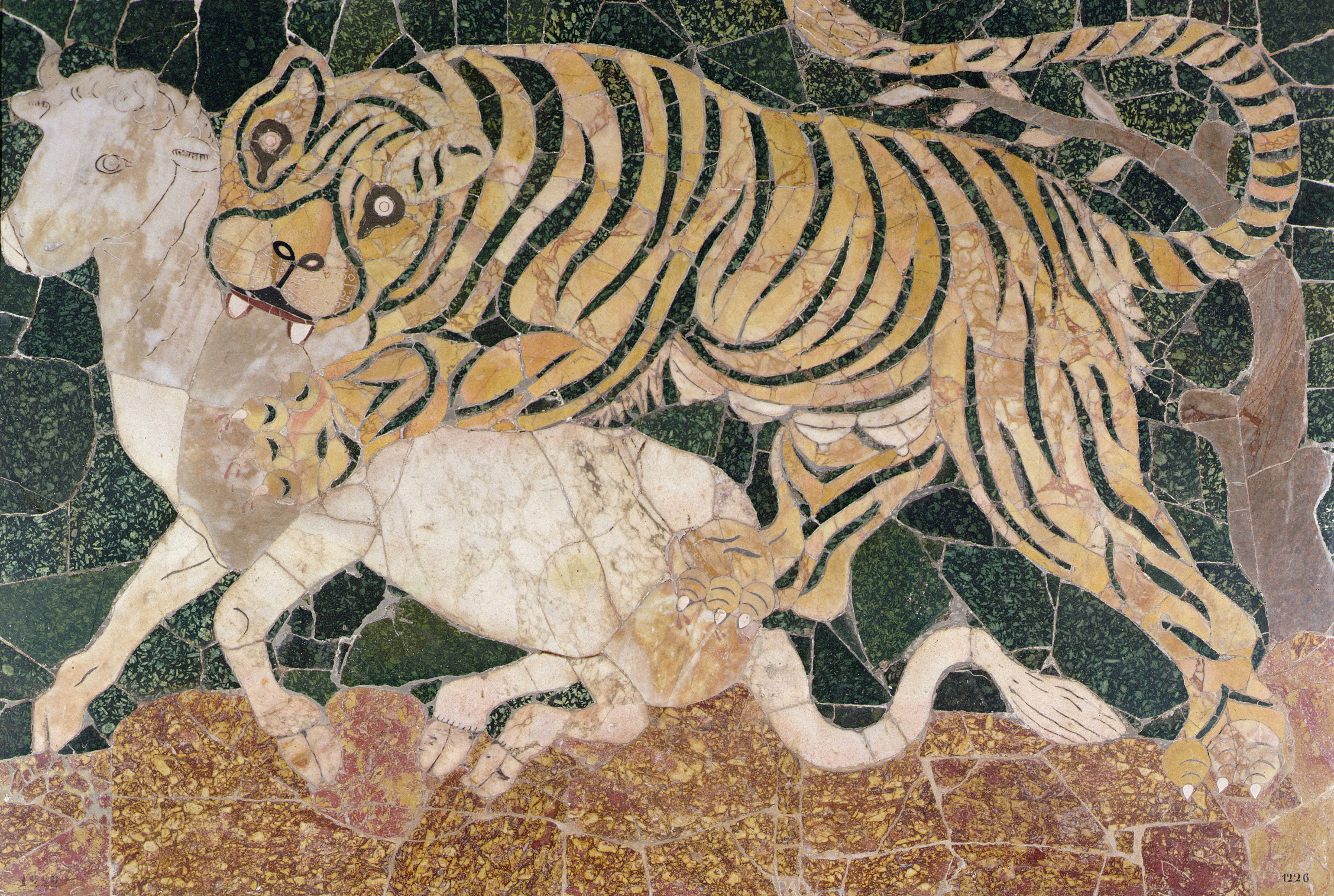
Tigre attaquant un veau, marbres colorés provenant de la basilique de Junus Bassus, première moitié du IVe siècle. Rome, musées du Capitole, palais des conservateurs. Bridgeman Images. (Courtesy of Princeton University Press)
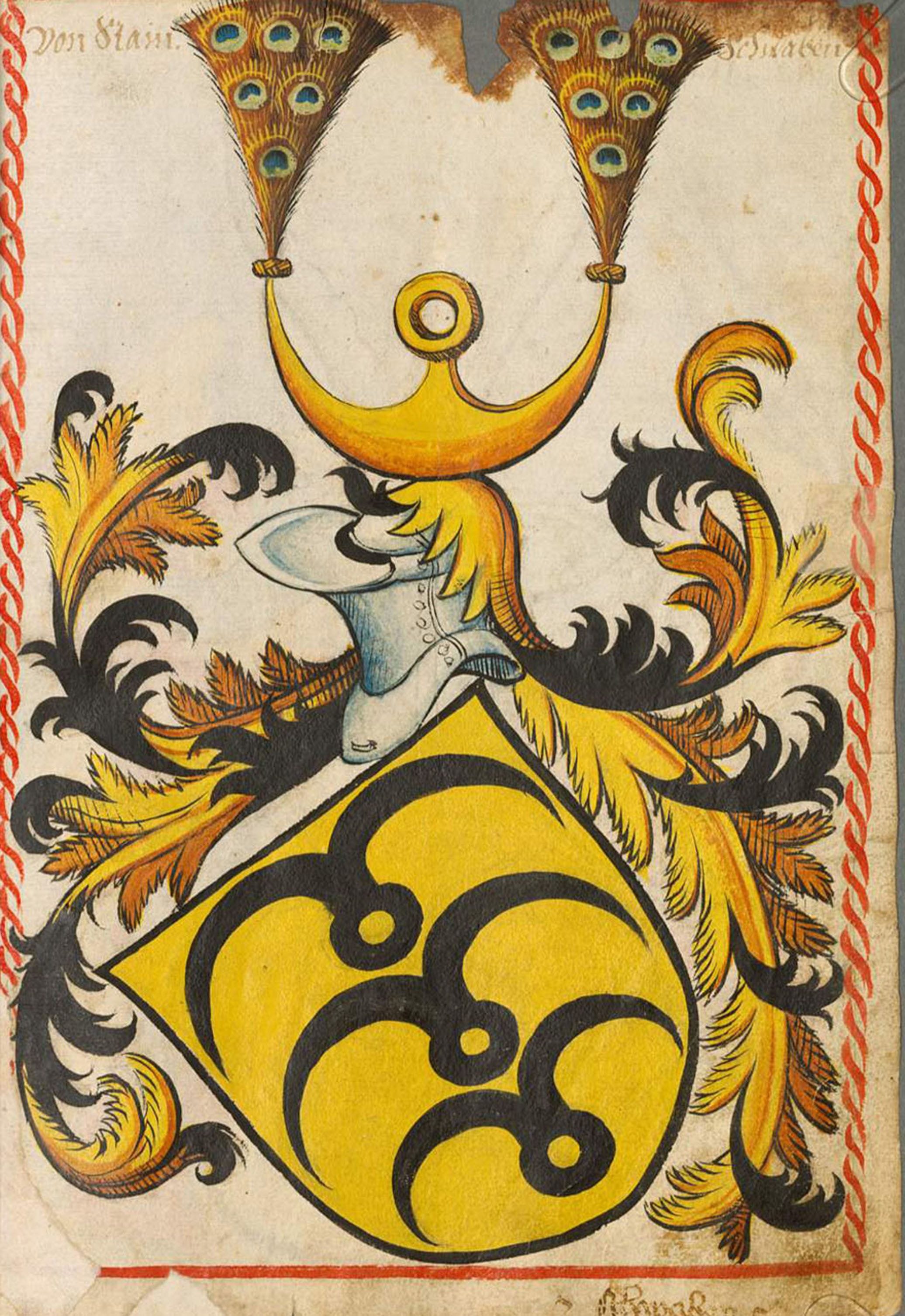
Scheiblersches Wappenbuch, vers 1450-1455. Munich, Bayerische Staatsbibliothek, Cod.icon. 312 c (Courtesy of Princeton University Press)
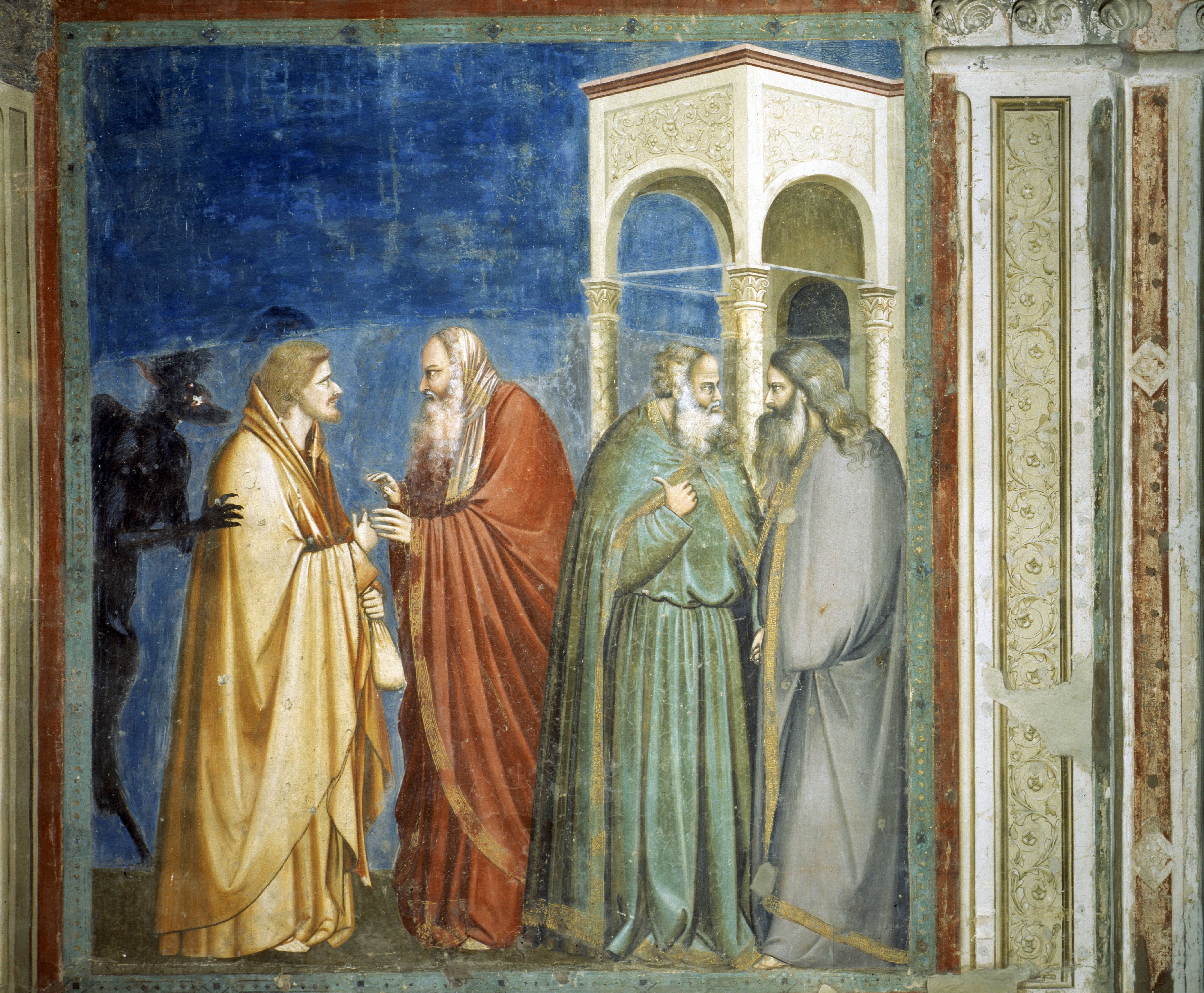
Giotto, La trahison de Judas, 1305. Padoue, chapelle des Scrovegni. Leemage/ © Raffael. (Courtesy of Princeton University Press)
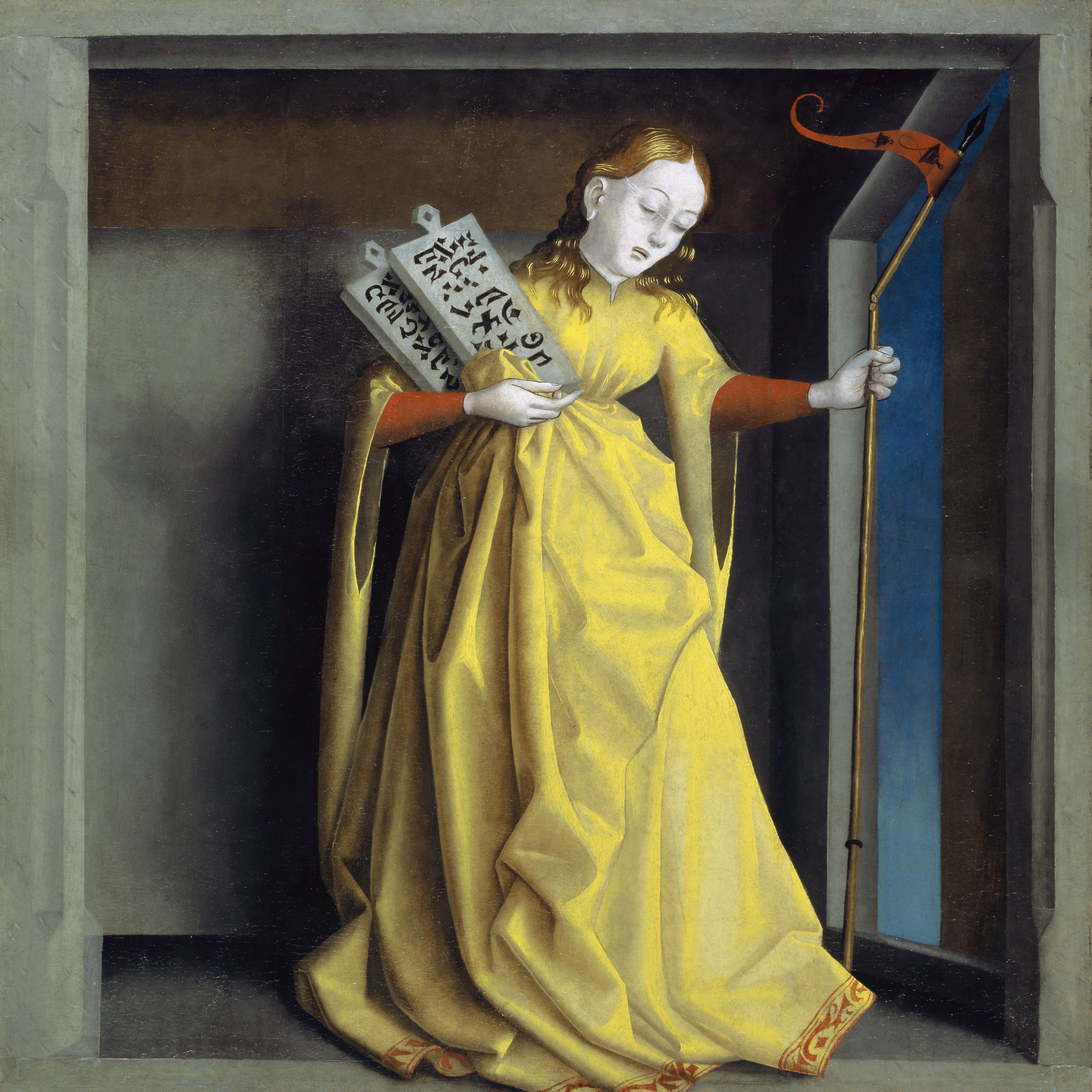
Konrad Witz, La Synagogue, panneau détaché du Retable du Miroir du salut, vers 1435. Bâle, Kunstmuseum. Leemage / ©Bridgeman Images. (Courtesy of Princeton University Press)
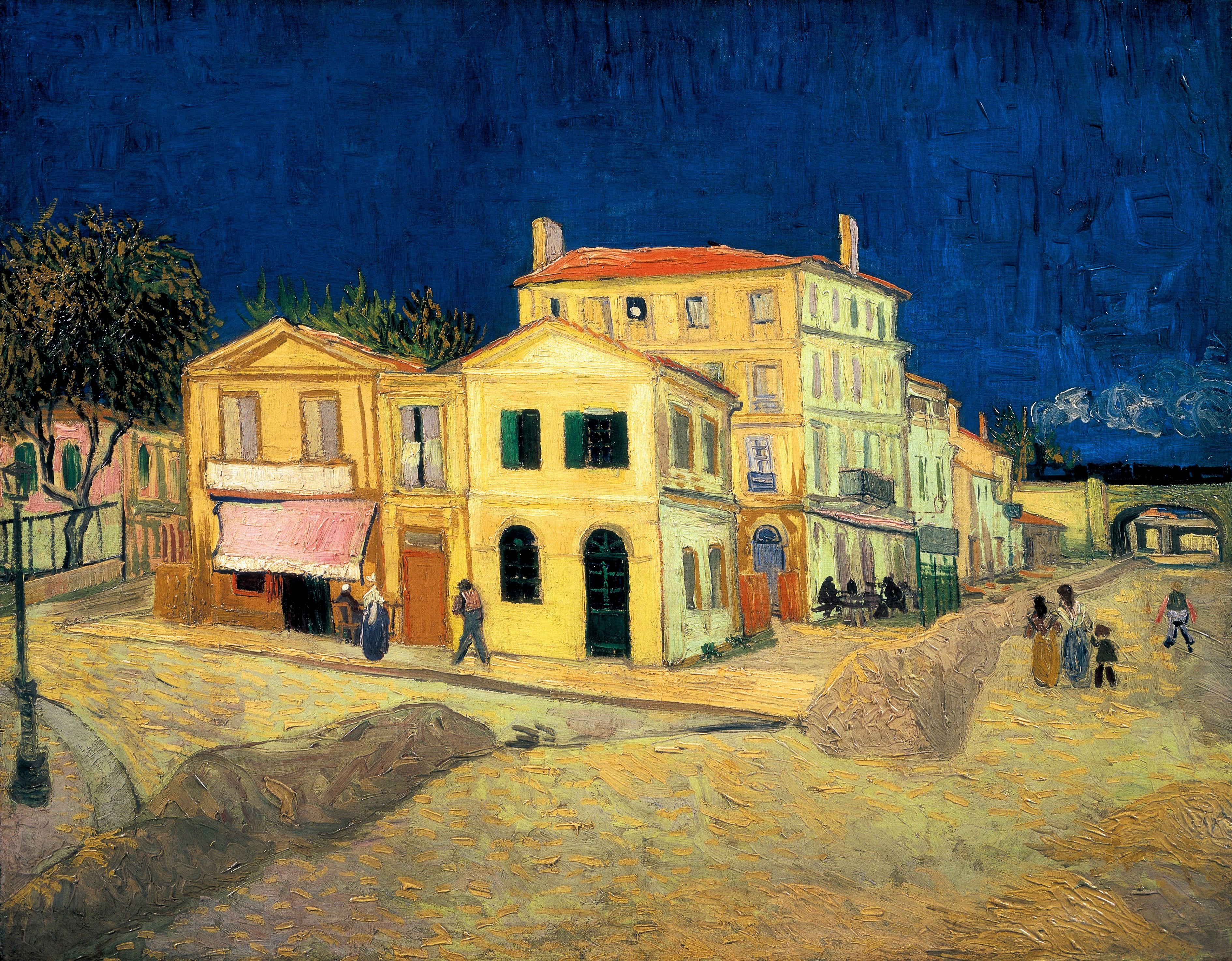
Vincent Van Gogh, La Maison Jaune, 1888. Amsterdam, musée Van Gogh. Leemage/ © Aisa. (Courtesy of Princeton University Press)
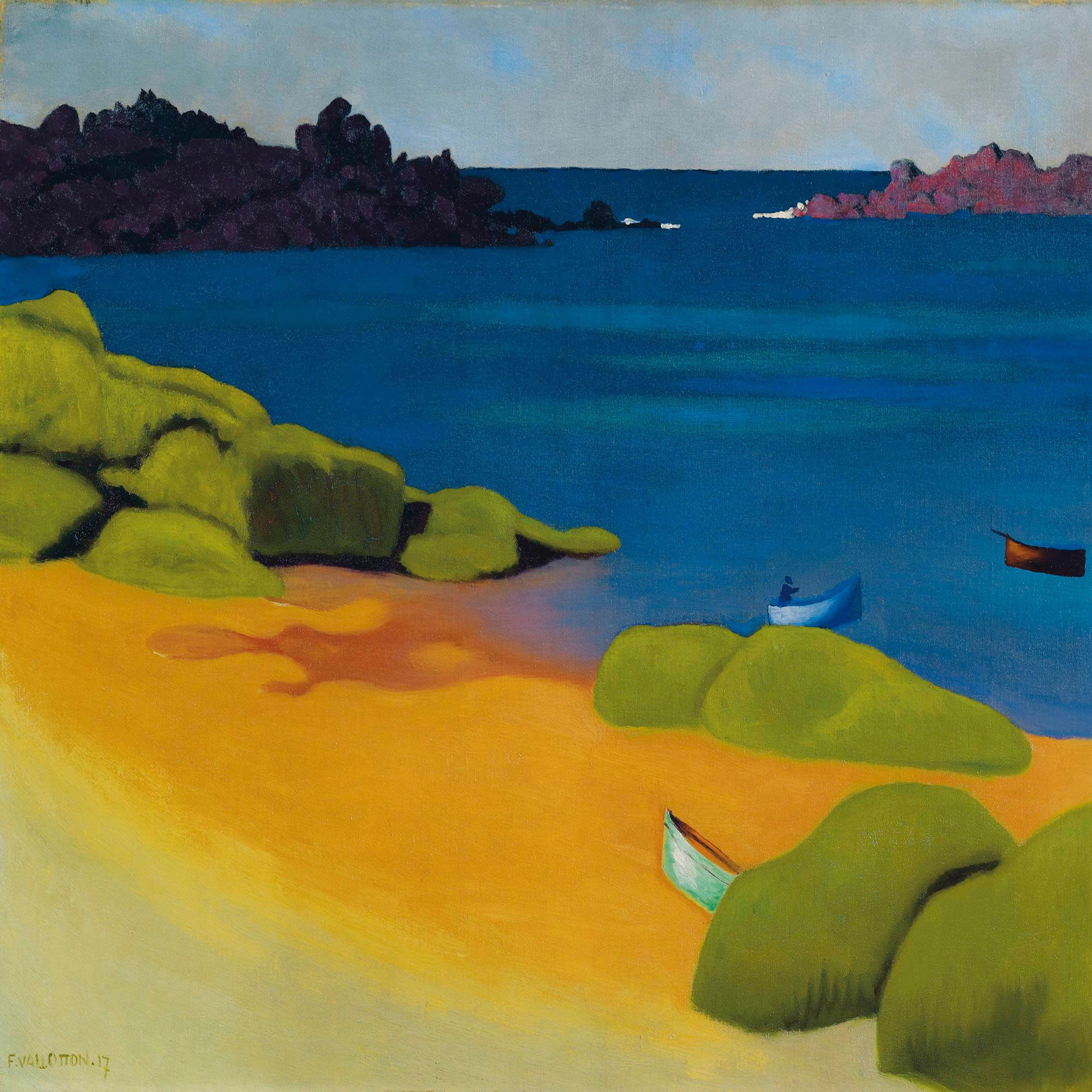
Félix Vallotton, La Baie de Trégastel, 1917. Collection particilière. Bridgeman Images. (Courtesy of Princeton University Press)
* * *
Michel Pastoureau is a historian and emeritus director of studies at the École Pratique des Hautes Études de la Sorbonne in Paris. A renowned authority on the history of colors, symbols, and heraldry, he is the author of many books, including Blue, Black, Green, and Red (all Princeton). His books have been translated into more than thirty languages.
Excerpted from Yellow: The History of a Color, by Michel Pastoureau. (Footnotes and sidebars omitted.) Copyright © 2019 Princeton University Press. Excerpted by permission of Princeton University Press. All rights reserved. No part of this excerpt may be reproduced or reprinted without permission in writing from the publisher.
- Yellow | Princeton University Press
- Rouge, Histoire d'une couleur, Michel Pastoureau, Beaux-Livres ...
- Michel Pastoureau : tous les livres | fnac
- (PDF) Black - The History of a color. Michel Pastoureau | Luis E ...
- Michel Pastoureau de toutes les couleurs
- Black | Princeton University Press
- Red: The History of a Color by Michel Pastoureau - YouTube
- Red: The History of a Color: Michel Pastoureau: 9780691172774 ...
- Michel Pastoureau — Wikipédia
- Michel Pastoureau
- Michel Pastoureau - Wikipedia

